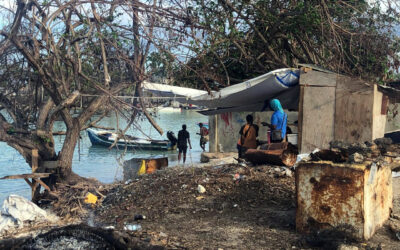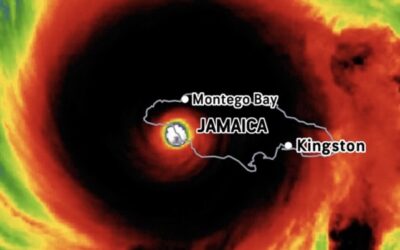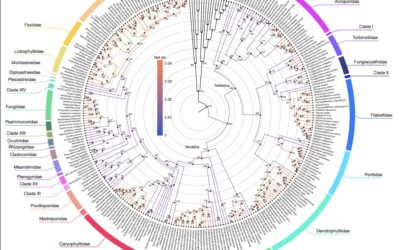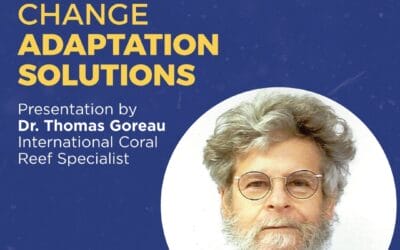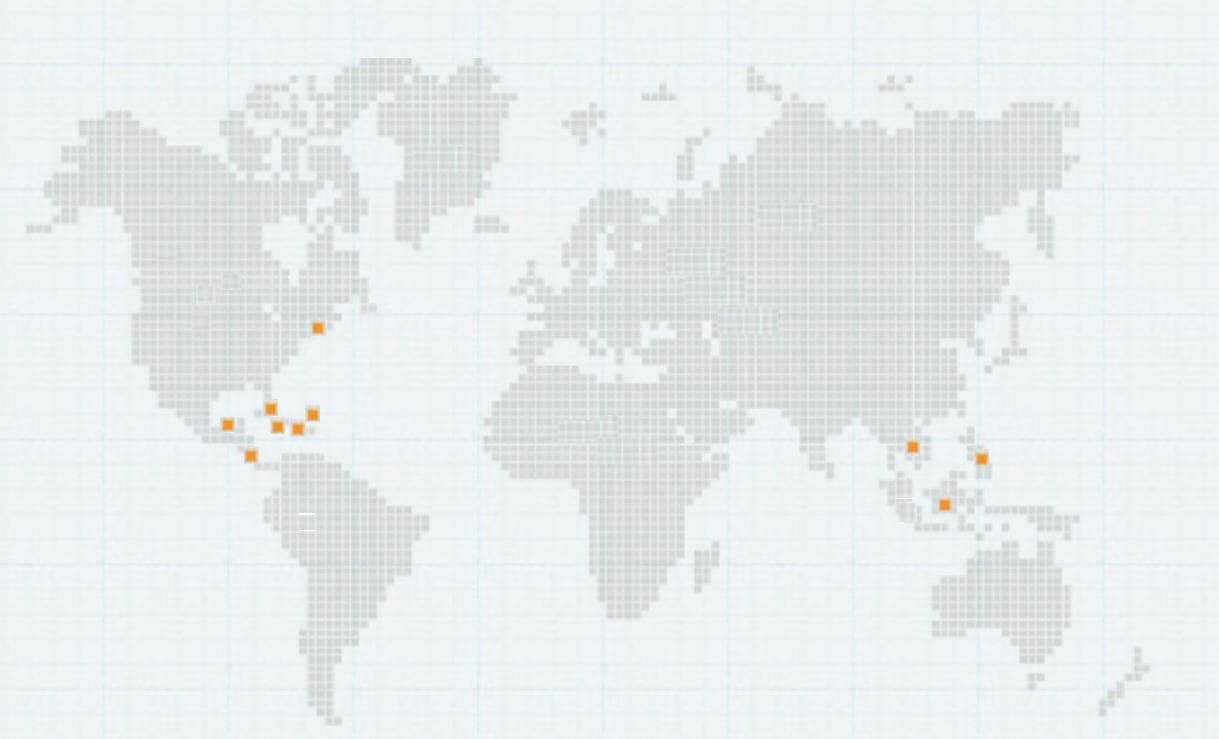The Global Coral Reef Alliance is a small, 501(c)(3) non-profit organization dedicated to scientific research and sustainable management of the most valuable and threatened of all ecosystems—coral reefs.
GCRA is a worldwide coalition of volunteer scientists, divers, environmentalists and other individuals and organizations, committed to coral reef preservation. We primarily focus on coral reef restoration, and cutting-edge research on impacts of coral bleaching, global warming, marine diseases, global sea level rise, and pollution on corals.
GCRA scientists work with community groups, environmental organizations, foundations, governments or private firms to build, restore and maintain coral reefs, nurseries and marine sanctuaries.
GCRA Projects include restoration of coral reefs and marine habitats for mariculture, tourism and shore protection.
GCRA invented and developed Mineral Accretion Technology™ and the Biorock™ method of electrical coral reef and marine ecosystem restoration, the HotSpot™ method to correctly predict coral bleaching from satellite sea surface temperatures, and integrated whole-watershed and coastal zone nutrient management (now commonly referred to as Ridge to Reef, or Hilltop to Ocean).
Founded in 1990, GCRA is the direct heir to a pioneering coral reef research tradition stretching back to the 1920s, and has the world’s largest collection of coral reef photographs from the 1940s, 1950s, and 1960s.
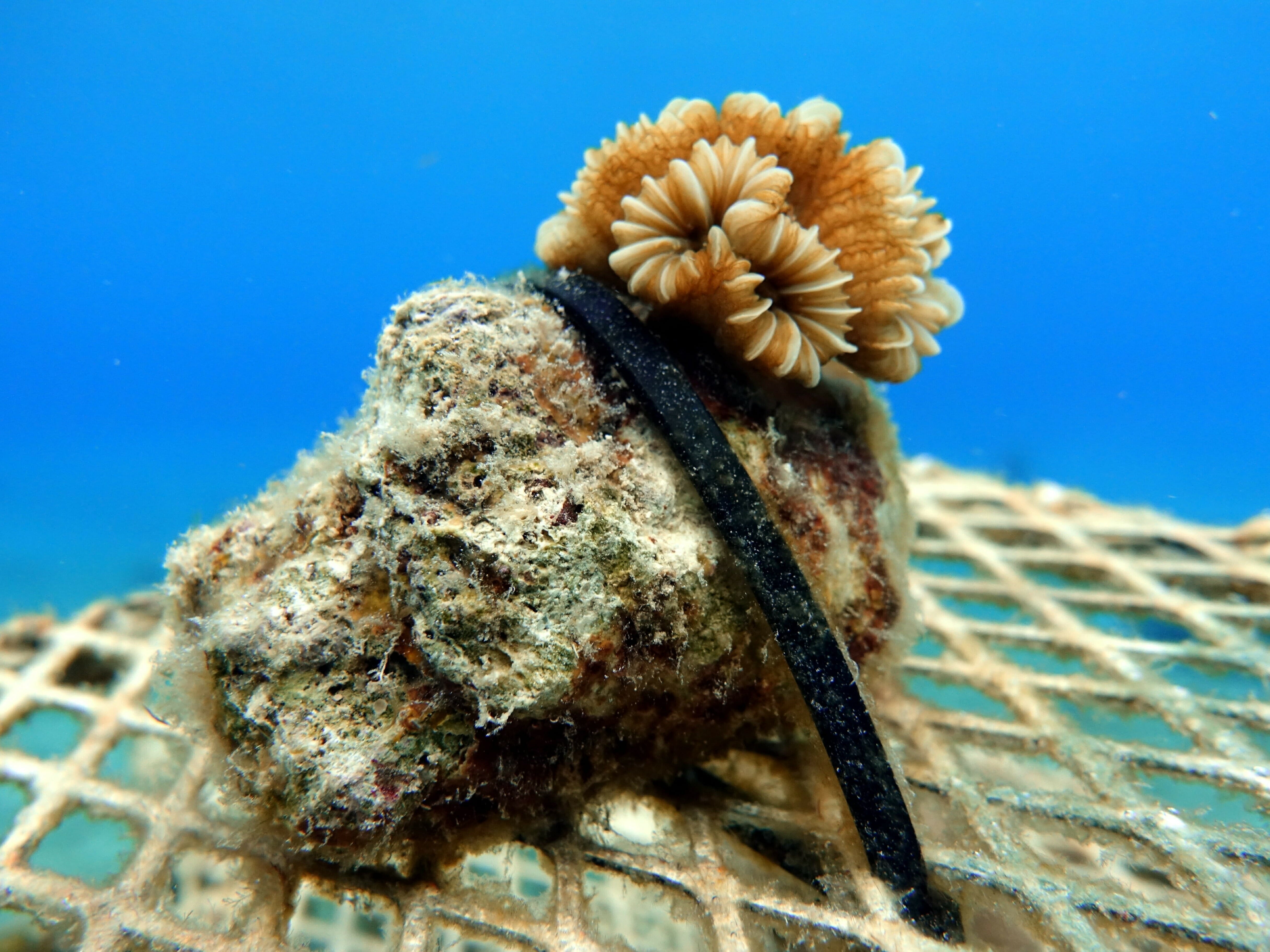
Restoring
Coral reefs and marine habitats all around the world
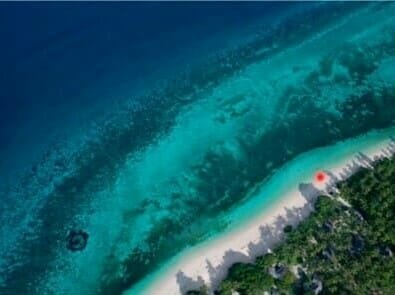
Protecting
Coastal shorelines from erosion and the effects of climate change.

Helping
Local communities develop sustainable maricuture practices.
RECENT UPDATES
JAMAICA cleans up damage from worst hurricane on record
DISCOVERY BAY BEACH COMMUNITY CLEANUP AFTER HURRICANE MELISSA NOVEMBER 16 2025 Photographs by Sharon Chin Quee (right), text by Tom Goreau (second right). Dedicated to the late Lee Arbouin (second from left) who helped lead local efforts to protect the Discovery Bay...
REGENERATE JAMAICA’S COASTAL RESOURCES!
October 29, 2025 REGENERATE JAMAICA’S COASTAL RESOURCES! Thomas J. F. Goreau, PhD President, Global Coral Reef Alliance ‘ Hurricane Melissa: October 28 2025 Yesterday was the worst day in Jamaica’s history, as our island was battered by the most powerful hurricane on...
CORAL HISTORY
CORAL HISTORY Tom Goreau, October 28 2025 Coral phylogeny. From Vaga CF, Quattrini AM, Galvão de Lossio e Seiblitz I, Huang D, Quek ZB, Stolarski J, Cairns SD, Kitahara MV. A global coral phylogeny reveals resilience and vulnerability through deep time. Nature. 2025....
LATEST PAPERS
LATEST VIDEOS
Electrifying coralline algae to regenerate white sand beaches and eroding islands against climate change
GLOBAL CORAL REEF ALLIANCE WHITE PAPER October 8, 2025 Electrifying coralline algae to regenerate white sand beaches and eroding islands against climate change Thomas J. F. Goreau, PhD President, Global Coral Reef Alliance ABSTRACT Increasing global sea level rise and...
Coral Reef Fisheries Restoration in Indonesia, Panama, and Palau
Bottom-Up Community-Based Coral Reef and Fisheries Restoration in Indonesia, Panama, and Palau Tom Goreau and Wolf Hilbertz In Robert L. France (Editor), 2008, Handbook of Regenerative Landscape Design, CRC Press, Boca Raton, Florida
Nutrient analysis for integrated water quality management in tropical coastal waters
GLOBAL CORAL REEF ALLIANCE WHITE PAPER: Nutrient analysis for integrated water quality management in tropical coastal waters Thomas J. F. Goreau NOTE: This White Paper consists of two parts: the first, INTEGRATED NUTRIENT MANAGEMENT OF COASTAL WATERS AND WATERSHEDS...
2024 record temperature effects on coral bleaching & ocean circulation
Author’s original version The Author’s Original Version (AOV) is the un-refereed author version of an article as submitted for publication in an Oxford University Press journal. This is sometimes known as the “preprint” or draft version. The author accepts full...
Cleaning sewage pollution in Negril
CLEANING SEWAGE POLLUTION IN NEGRIL May 7, 2024 Thomas J. F. Goreau President, Global Coral Reef Alliance, former Science Advisor, Negril Coral Reef Preservation Society & Negril Environmental Protection Trust Negril: not enough clean water and too much dirty...
Oldest known footage of healthy coral reefs rediscovered as they go extinct
By Tom Goreau, June 28 2025 The oldest known underwater film footage of extremely healthy shallow and deep coral reefs, showing Dr, Thomas F. Goreau diiving in Jamaica in November 1957, has just been rediscovered after nearly 70 years lost, sitting in plain sight. The...
CAYMAN CLIMATE CHANGE ADAPTATION SOLUTIONS
https://www.youtube.com/watch?v=TWmo9SeT7RE
HELP US SAVE CORALS
GCRA, is accepting donations to help fund our programs in 2019, training local communities in developing countries to use Biorock methods for large-scale marine ecosystem restoration and sustainable mariculture for the following projects:
Panama
Jamaica
Vanuatu
Grenada
Bahamas
Philippines
Palau

